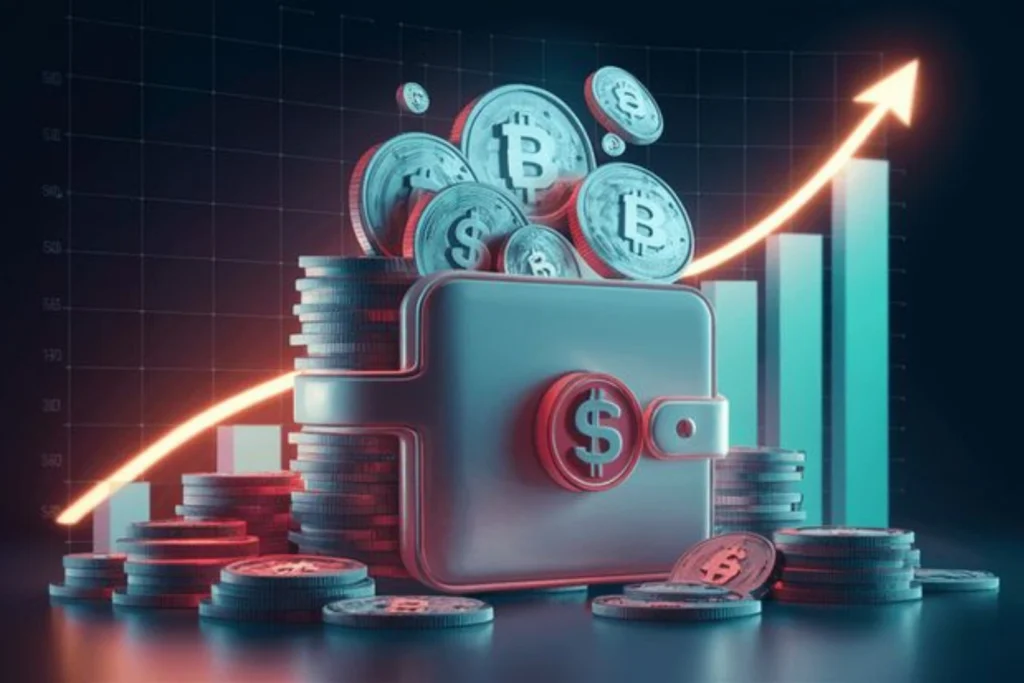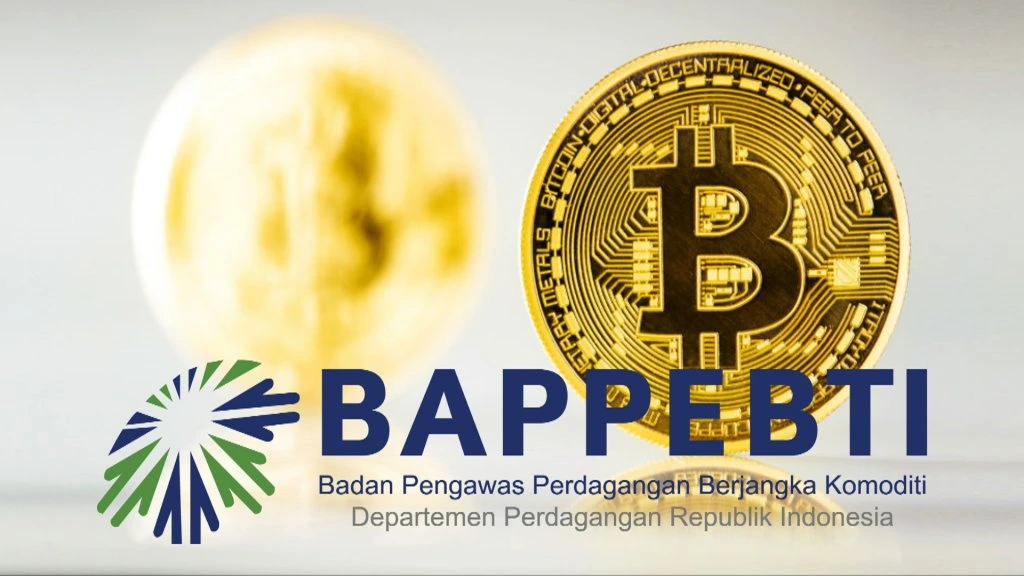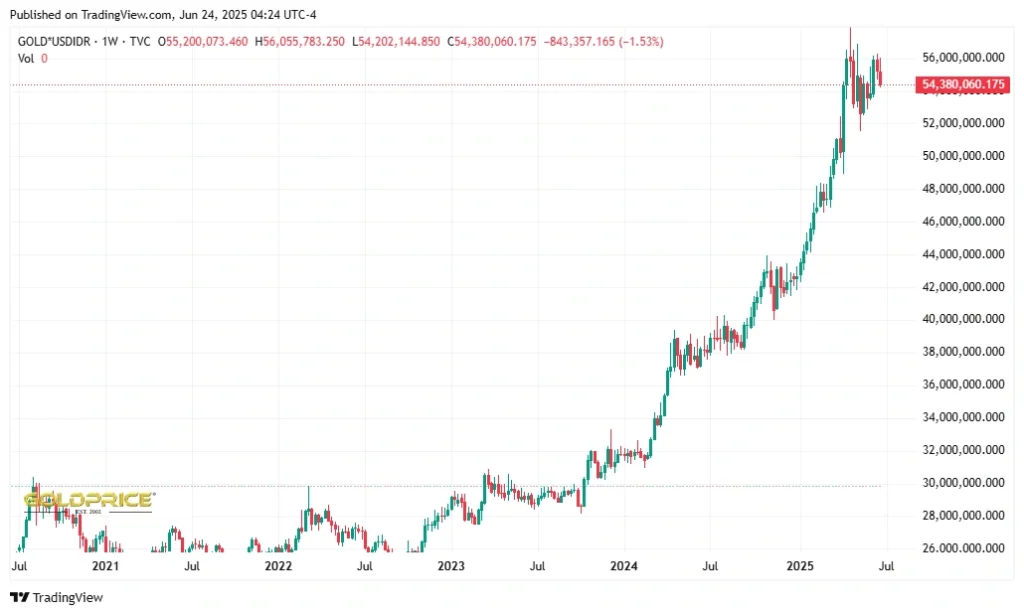Digital Gold Indonesia: How Online Gold Investment is Redefining Financial Habits
Over the last few years, one of the most interesting financial shifts in the Indonesian market hasn’t been crypto or stocks—it’s gold. More specifically, digital gold Indonesia platforms are becoming a central part of how people save and invest. What once required a physical visit to a jewelry store can now be done on a smartphone, anytime, anywhere.
So, what’s driving this shift—and what does it say about where the country’s investment behavior is heading?
The New Normal of Gold Investment


Gold has always been viewed as a stable, reliable asset in Indonesia. But its traditional form—physical bars, coins, or jewelry—comes with limitations: high entry costs, security concerns, and lack of liquidity.
Digital gold solves most of those issues.
Today’s users can buy gold for as little as Rp 1,000, store it virtually with professional vault partners, and sell it instantly at market price. This accessibility is not only making gold more popular but also reshaping who’s buying it and why.
Digital Gold Indonesia: What’s Driving the Growth of Digital Gold Indonesia?

There are several key trends pushing this rapid adoption:
1. Financial Technology Penetration
With the expansion of digital wallets, mobile banking, and investment apps, more Indonesians are familiar with digital finance tools. Buying gold through Tokopedia, Shopee, or Pluang feels as normal now as topping up an e-wallet.
2. Inflation Anxiety
Rising costs of living and currency fluctuations have made gold attractive again as a hedge. But instead of storing gold at home, users now prefer app-based control and instant tracking.
3. Lower Entry Barriers
Unlike traditional gold which can require hundreds of thousands or even millions of rupiah upfront, digital platforms allow people to start small. That’s a game changer for students, freelancers, and gig workers who want to save without pressure.
4. Shifting Mindsets Around Ownership
For younger generations, ownership doesn’t need to be physical. The idea that gold can be owned and sold without ever touching it fits well into a digital-first lifestyle.
Digital Gold Indonesia: Who’s Leading the Charge?

Platforms such as Pluang, Tokopedia Emas, and Pegadaian Digital are some of the most widely used in the country. Each offers slight variations—some more savings-oriented, others designed for active investors—but the core idea is the same: simple, regulated access to real gold.
Regulatory bodies like BAPPEBTI (Badan Pengawas Perdagangan Berjangka Komoditi) also play a role in legitimizing these services. As more providers register under official oversight, trust in the model continues to rise.
Digital Gold Indonesia: Generational Trends in Gold Investment

What makes this trend even more interesting is who is investing:
- Millennials and Gen Z are the most active new adopters. They prefer apps, want low-risk options, and appreciate being able to monitor prices in real time.
- Middle-class families are using gold savings features for future goals like education or weddings.
- Women investors, often underserved in traditional finance, are increasingly present in digital gold platforms that offer user-friendly tools and budget features.
This diversification points to a broader cultural shift—gold is no longer just a luxury; it’s becoming a regular part of financial planning.
Challenges That Still Exist
Of course, no trend comes without its friction points.
- Lack of education: Many users still don’t fully understand how digital gold works or what risks are involved.
- Unclear fee structures: Some platforms lack transparency in spreads between buying and selling prices.
- Redemption barriers: While digital gold is easy to buy, turning it into physical gold can be costly or require minimum thresholds.
Building trust will require more transparency and continued public education.
What the Future Looks Like

Source: GOLDPRICE
The upward curve of digital gold Indonesia suggests this is more than a passing trend. Looking forward, we can expect:
- Better integration with digital banking and financial planning tools
- More flexible investment options like automatic saving features or gold-backed debit cards
- Greater cross-border interest, particularly as Indonesians working abroad seek safe, simple investment tools
As technology evolves, gold may no longer be locked away in drawers or safety deposit boxes—but live in cloud-based vaults, accessible anytime, on any device.
Conclusion
Digital gold Indonesia is doing more than modernizing an old asset—it’s changing the way people think about saving, investing, and financial responsibility. It brings a centuries-old tradition into the digital age, one microgram at a time.
While some questions remain around education, regulation, and access, the movement is clear: more Indonesians are investing, saving, and planning their futures with digital gold at the center.




